You are here
Fri, 2011-03-18 04:29 — mdmcdonald
The Risk Communication Working Group is focused on providing risk communication to decision-makers and the public
The mission of the Risk Communication Working Group is to provide risk communication to decision-makers and the public.
Working Group email address: ***@***.***
Add Content to this group
Members
| AlMac99 | bevcorwin | Kathy Gilbeaux | mdmcdonald |
Email address for group
risk-communication-japan@m.resiliencesystem.org






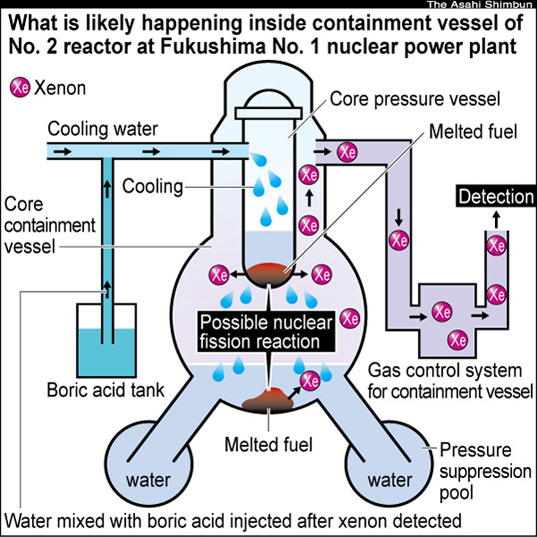
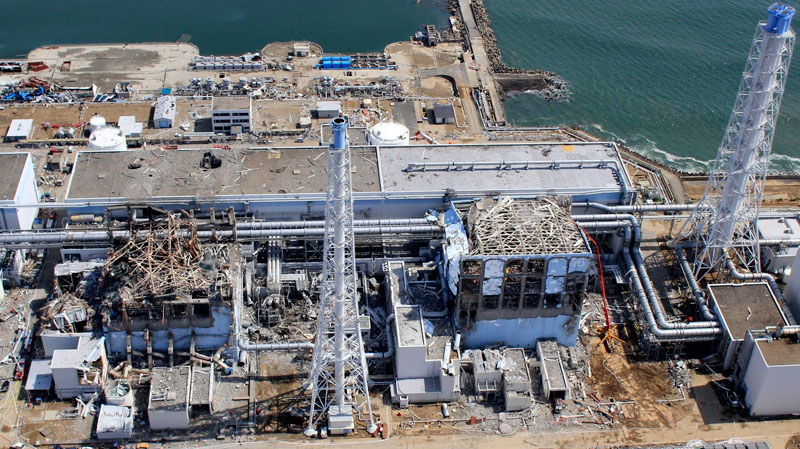
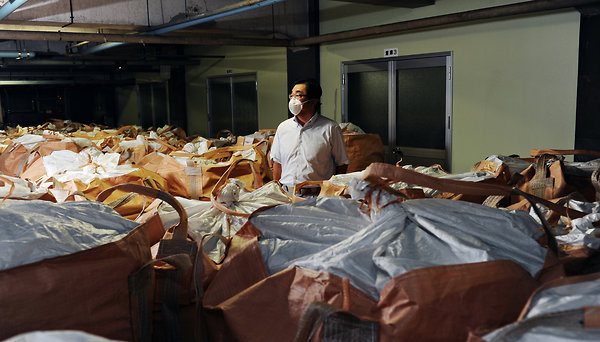

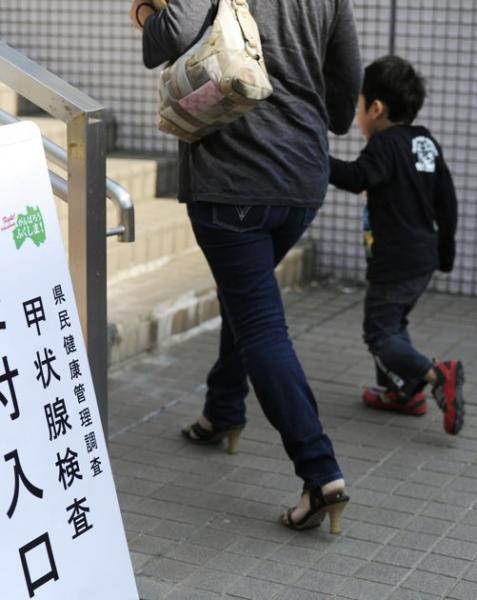 A boy is taken by his mother to Fukushima Medical University Hospital for a thyroid test in Fukushima, northern Japan, Sunday, Oct. 9, 2011. Local doctors began a long-term survey of children for thyroid abnormalities, a problem associated with radiation exposure. Officials hope to test some 360,000 people who were under the age of 18 when the nuclear crisis began in March, and then provide follow-ups throughout their lifetimes. Japanese on the board reads: a thyroid test entrance. (AP Photo/Kyodo News)
A boy is taken by his mother to Fukushima Medical University Hospital for a thyroid test in Fukushima, northern Japan, Sunday, Oct. 9, 2011. Local doctors began a long-term survey of children for thyroid abnormalities, a problem associated with radiation exposure. Officials hope to test some 360,000 people who were under the age of 18 when the nuclear crisis began in March, and then provide follow-ups throughout their lifetimes. Japanese on the board reads: a thyroid test entrance. (AP Photo/Kyodo News)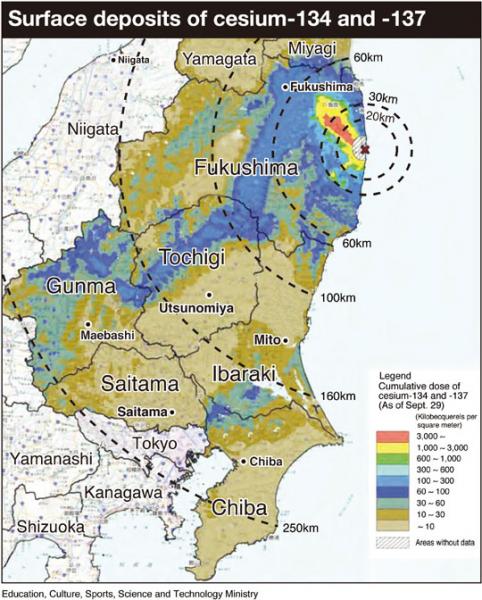
Recent Comments